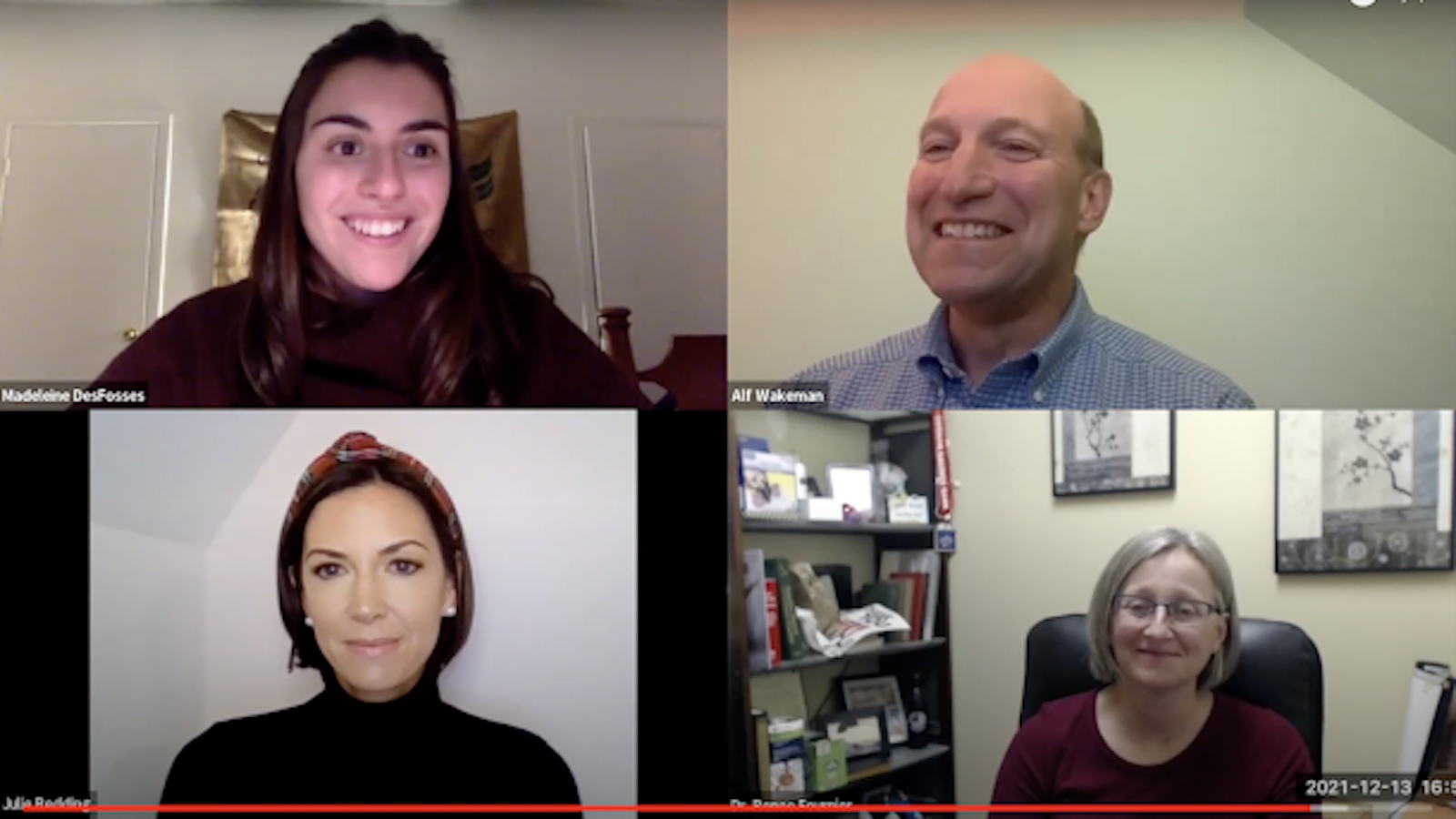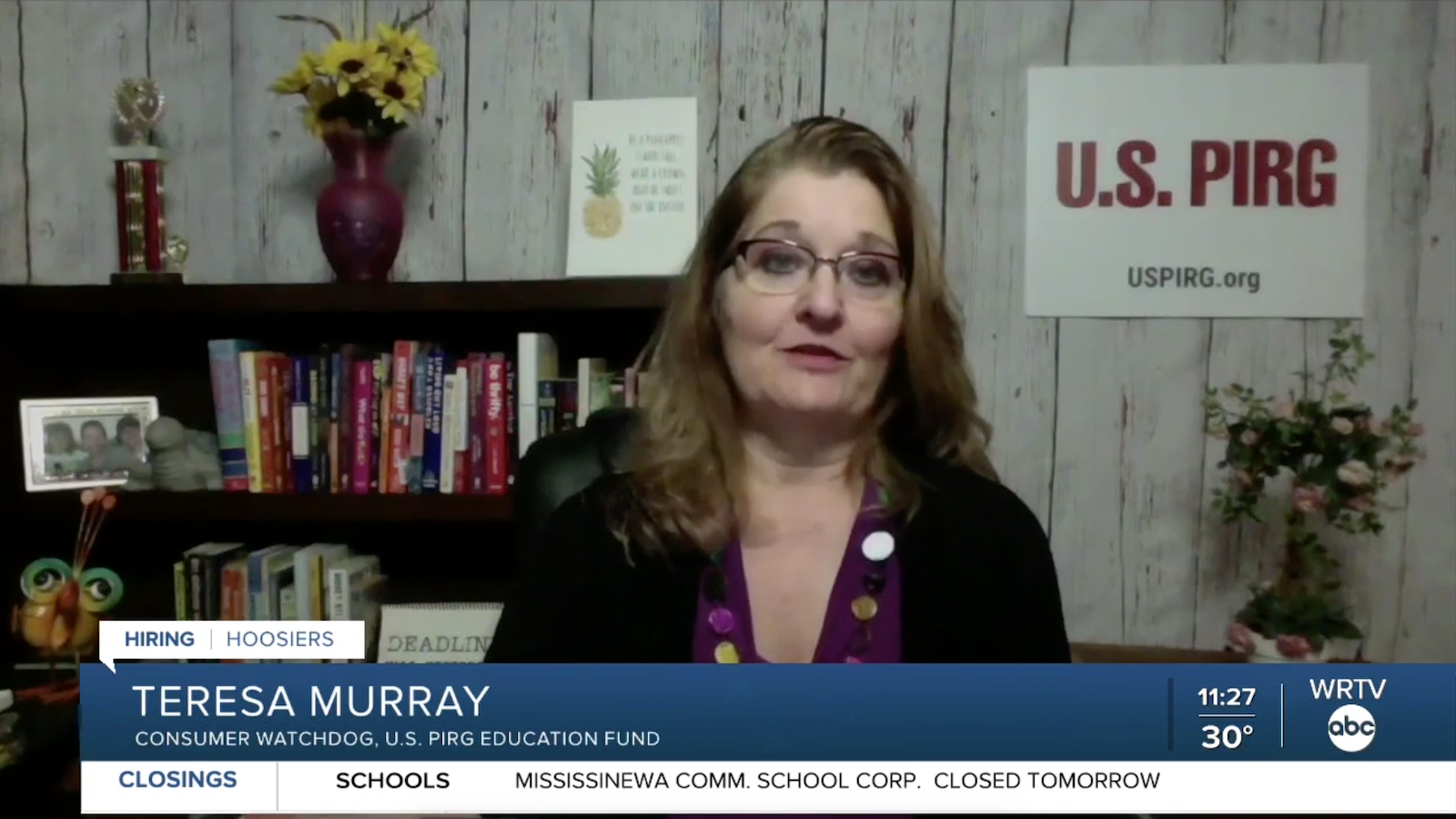Deschutes County is Open, and COVID-19 Cases are Surging – Oregon says it will reimpose lockdowns when outbreaks emerge. Here’s its chance to follow through.
Oregon has a solid plan to reopen, but the State must stick with it to both loosen restrictions and keep Oregonians safe. Improved transparency and more consistent application of the reopening benchmarks is needed to do so.

On May 15, Deschutes County was one of the 31 mostly rural Oregon counties that was permitted to move to “Phase One” of Governor Kate Brown’s “Reopen Oregon” plan. However, an OSPIRG review of daily data reported from the Oregon Health Authority showed cases surging in the county even before the Oregon Health Authority approved lifting restrictions. By the state’s own metrics, this requires immediate consultation with local health officials to consider reimposing social distancing restrictions.
Source: Oregon Health Authority
Cases are rising in Deschutes County, and the state should consider revoking Phase I status
While the “Reopen Oregon” plan provides significant detail on the metrics that counties and health regions must meet in order to proceed to “Phase One,” the Oregon Health Authority has been much more vague regarding when restrictions will be re-imposed as new outbreaks emerge. Two of these metrics, related to a county’s contact tracing capacity and hospital admissions, cannot be readily evaluated by third parties using publicly available information.
The final metric, however, can be easily tracked by independent watchdogs through the daily reports of COVID-19 incidence numbers provided by the Oregon Health Authority. That is: “Evidence of increasing prevalence of COVID-19,” which may be identified through a five percent or greater increase in new case incidence in a 7 day period.
Data Source – Daily New Cases reported by the Oregon Health Authority
Over the last 7 days, 27 new cases have been reported for Deschutes County, a 70% increase over the previous 7 day total case incidence of 8. This is an increase in cases fully 65% higher than the state threshold for considering a reimposition of restrictions.
The outbreak in Deschutes County is mild compared to its total population – for now
In the absence of clear guidance from the CDC, states have adopted a variety of benchmarks to evaluate whether it is safe to lift restrictions. California, for example, measures the prevalence of COVID-19 in a community by counting the number of new cases per 100,000 residents over the last two weeks. By measuring cases on a per-capita basis, this metric shows the severity of an outbreak relative to a community’s population. California allows counties to proceed to lift restrictions if they report less than 25 new cases per 100,000 population over two weeks.
When tracked using this metric, the outbreak in Deschutes county appears relatively mild, due to the county’s large population (over 180,000). However, average daily cases had already begun to rise on May 5th, and they have only accelerated after the County’s Phase I reopening. If the current trend continues, the County will exceed this threshold by the end of the week. It’s important to note, however, that new cases recorded today were probably contracted up to two weeks ago, since the novel coronavirus has a long incubation time before symptoms.
This means the virus had already begun to spread in Deschutes County before it reopened, and the crowds reported at Bend area restaurants last weekend are likely to make the outbreak even worse. Given the delay in the data, it’s probably too late to fully contain the spread in this community. However, if restrictions are temporarily reimposed and individuals take precautions, there’s still a chance that the outbreak can be kept under control.
Deschutes County’s Phase I Application should have been denied
While OSPIRG has generally spoken favorably regarding the “Reopen Oregon” framework, we specifically called out Deschutes County’s application as falling short of the state’s criteria for approval, at least based on publicly available information. The County’s application claimed that Deschutes County had a contact tracing staff of six workers available – 24 short of what it would need to meet the state benchmark of 15 contact tracing staff per 100,000 population. The only further detail provided was that the County would rely on volunteers and assistance from the state if more capacity was needed.
Source – ESSENCE data from Oregon Health Authority COVID-19 Daily Update (note: while this graph was published on 5/20/2020, it does not contain data after 5/19/2020)
While most of the benchmarks Oregon counties must meet are measured on a county by county basis, several are examined at a regional or state level instead. This includes the requirement that a region must show a “declining prevalence of COVID-19” – as measured by the percentage of emergency room admissions that are for symptoms of flu like illness (“ILI”) (This is tracked through Oregon’s “ESSENCE” syndromic surveillance project).
Under the State’s plan, no county can proceed to “Phase One” as long as emergency admissions for ILI remain above the seasonal average of 1.5%. However, the state does not provide any detail on what should happen if ILI admissions rise above the seasonal average after some counties have moved into “Phase I.” So far, the numbers have remained below 1%, but the trend over the last 3 days has been moving upward.
Since this benchmark is applied at a state level, rather than a county level, the fact that daily cases in Deschutes County had already begun to rise on May 5th did not count against the county’s application. Similarly, Coastal Clatsop and Coos County saw their largest confirmed COVID-19 outbreaks in the weeks immediately preceding their Phase I approval. If case incidence were measured at a county, rather than regional level, it seems likely that all three of these counties would have been denied Phase I approval – especially Deschutes County, given its low contact tracing capacity.
We’ve got a good plan – now we need to stick with it
Under social distancing, Oregonians have flattened the curve – but not bent it. For nearly two months, the rate of new infections in the state has held steady between 50 and 70 new cases reported per day. Our outbreak has been mild compared to our population – so far – but that means that there are a lot of people in Oregon still vulnerable to the novel coronavirus. We have a long way to go to get out of the woods safely, and that means we need to stick with our plan.
Data Source: The COVID Tracking Project, www.covidtracking.com
OSPIRG recommends that the state take the following steps to improve implementation of the phased “Building a Safe & Strong Oregon” reopening framework:
-
Apply reopening benchmarks consistently across counties: Deschutes County did not clearly demonstrate how it had met its contact tracing requirement in publicly available Phase I Application materials.
-
Quickly move to reimpose restrictions when new outbreaks emerge – cases in Deschutes County began spiking even before May 15th, and the State should strongly consider moving Deschutes County back to full social distancing restrictions.
-
Publicly release all communications between counties and the state regarding how benchmarks like contact tracing capacity are met.
-
Improve accountability for implementation of the phased reopening by releasing regional data on new hospital admissions daily, in an easily accessible format.
-
Improve accountability for implementation of the phased reopening by releasing statewide ESSENCE data on the percentage of emergency room admissions for ILI.
Our support of the Governor’s plan is predicated on the assumption that the state will stand by the metrics it has chosen to evaluate the progress of the pandemic in Oregon – and be prepared to immediately reimpose restrictions when new outbreaks have been detected.
Topics
Authors
Numi Lee Griffith
Find Out More

PIRG, health professionals combat COVID-19 misinformation

Federal vaccine mandate for nursing homes will save lives

The costs of the digital divide are higher than ever. Repair can help.

